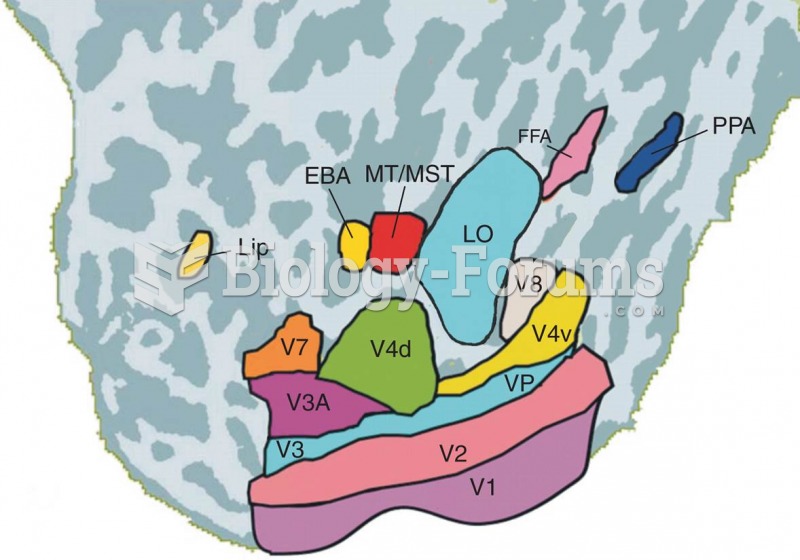Answer to Question 1
A Geographic information system (GIS) is a computerized system that combines physical geography with cultural geography. Both physical and cultural geography from data input which can be aggregated and analyzed via computers. This analysis then results in maps and other displays of information which is the output. These maps help the retailer visualize a tremendous amount of information in an easy to understand format.
As a management technology, GIS has a variety of important uses in retailing. Some of the more popular uses are identified as follows.
Market Selection. A retailer with a set of criteria in mind, such as the demographics of its target market and the level of over- or understoring in a market, can have the GIS identify and rank the most attractive cities, counties, or other geographic areas to consider for expansion.
Site Analysis. If a retailer has a particular community in mind, a GIS can identify the best possible site or evaluate alternative sites for their expected profitability.
Trade Area Definition. If the retailer develops a database of where its customers reside, a GIS can automatically develop a trade area map and update this daily, weekly, monthly, or annually.
New Store Cannibalization. A GIS can help the retailer evaluate how the addition of another store in a community might cannibalize sales from any of its existing stores.
Advertising Management. A GIS can help the retailer allocate its advertising budget to different stores based on the market potential in their respective trade areas. Similarly, a GIS can help the retailer develop a more effective direct-mail campaign to prospective customers.
Merchandise Management. A GIS can help the retailer develop an optimal mix of merchandise based on the characteristics of households and individuals within its trade area.
Evaluation of Store Managers. A GIS can provide an important human resource function. It can help assess how well a store manager is performing based on one's trade area characteristics.
Answer to Question 2
Service is defined as the application of knowledge and skills through deeds, processes, and performances for the benefit of another. Service includes the following:
It involves doing something of benefit for the customer, suppliers, and employees.
It involves interaction between others because the deeds, processes, and performances that comprise the service are not done in isolation but in interaction others.
It involves the application of knowledge and skills that are operant resources that can provide the retailer with competitive advantage.
Service is not defined as what a good or tangible product is not, but rather service is a
transcending concept.
Service as a mindset and dominant logic is grounded on four principles. The four
principles are:
1 . Service is the basis of human exchange.
2 . People are always co-creators of value.
3 . All people are resource integrators.
4 . Each person uniquely determines value.





